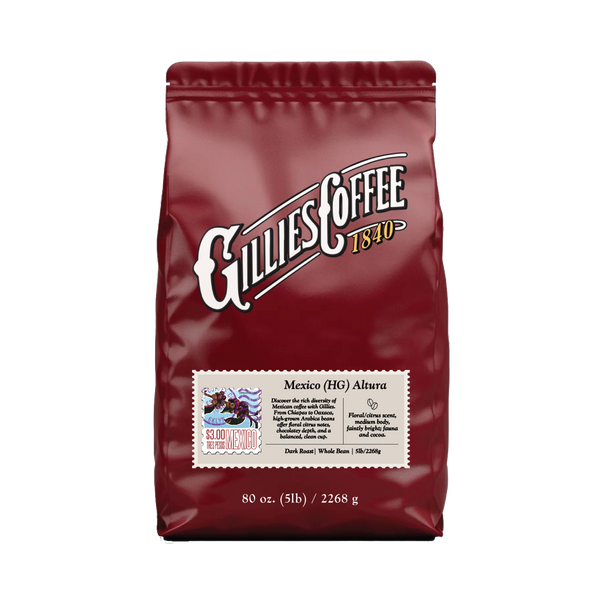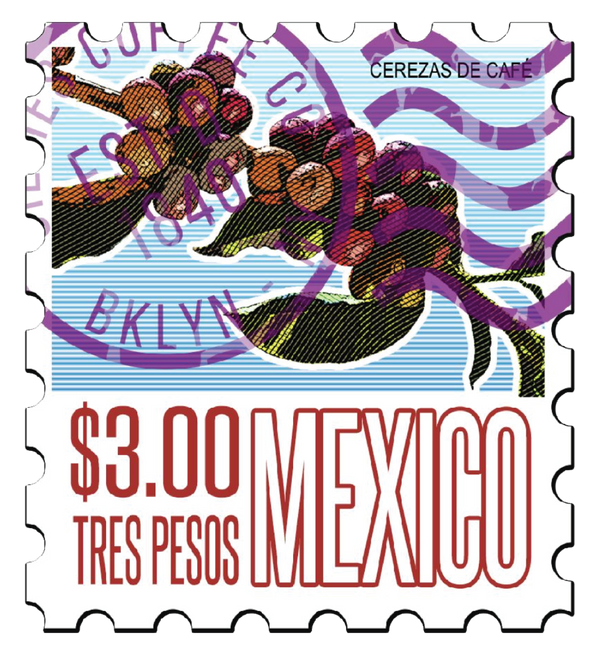Mexico, the eighth-largest global coffee producer in 2020, offers a diverse and picturesque landscape, contrary to Hollywood stereotypes. Coffee was introduced in the late 18th century, and today, major regions like Chiapas, Hidalgo, Puebla, Veracruz, and Oaxaca contribute to Mexico's coffee production.
Chiapas, the largest producer, boasts about 515,000 smallholder coffee producers, with 85% being indigenous. Organic farming is prevalent, particularly in Oaxaca, Veracruz, and Chiapas, where cooperative societies thrive, catering to the US specialty market. The Chiapas region, with its biodiversity and Mayan-speaking population, produces heirloom Arabica varieties.
Mexican organic farmers, facing challenges like Roya, have innovatively used bees for pollination. Despite being undervalued, Mexico provides specialty single-origin coffees with floral citrus notes, medium body, nuttiness, chocolate, and a muted brightness. High-grown varieties offer a clean cup with balanced sweetness resembling chocolate toffee. Some lots exhibit cherry-vanilla-cocoa notes, rivaling the complexity of the best Guatemalan coffees.
Kenneth Davids notes that fine Mexican coffee, especially from high-altitude regions like Chiapas, can rival the best Guatemala coffees in complexity and high-grown power.
Indulge in Gillies' Mexico coffee – a rich testament to Mexico's flourishing coffee culture.
Rich Dark Roast™.
–DNS, coffeeman
Sources:
- Philippe Jobin, The Coffees Produced Throughout The World, Le Havre, 1992.
- William Ukers, All About Coffee, New York, 1922.
CUP PROFILE: Floral/citrus scent, medium body, faintly bright; fauna and cocoa in the short finish.




